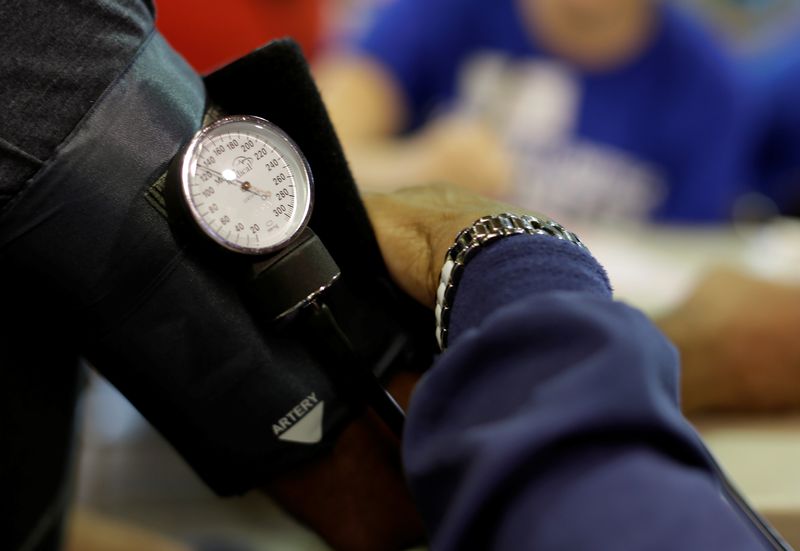WASHINGTON (Reuters) – The U.S. Trade Representative’s (USTR) office on Friday announced a further extension of all China Section 301 tariff exclusions on 352 Chinese import and 77 pandemic-related categories through June 14, and said some would be extended through May 31, 2025.
WHY IT’S IMPORTANT
The administration of former President Donald Trump used Section 301 of the Trade Act of 1974, a statute aimed at combating trade partners’ unfair practices, to launch the China tariffs in 2018 and 2019.
Friday’s action means certain goods will maintain exclusions from import tariffs, including animal-feeding machinery, DC electric motors, blood pressure monitors, and thermostats designed for air conditioning or heating systems not connected to the internet.
WHAT’S NEXT
The exclusions were previously scheduled to expire May 31, but USTR said it was extending the exclusions through June 14 to allow for a transition.
It said certain exclusions would be extended through May 31, 2025 to support efforts to shift sourcing out of China, or provide additional time in cases where availability of the product outside of China remains limited.
But many will once again face tariffs, USTR said, including 102 categories where no public comments requested further extension, or where there was no evidence that further extension would aid efforts to shift sourcing out of China.
Those product categories include garage-door openers, switches used in motor vehicles, printed circuit board assemblies, electric motorcycles, natural graphite and an array of duffel and messenger bags.
CONTEXT
U.S. President Joe Biden has retained additional tariffs placed on a plethora of Chinese exports under the Trump administration and added new restrictions prohibiting the export of advanced semiconductors and the equipment to make them, citing security concerns.
Earlier this month, Biden announced plans to increase tariffs on an array of Chinese imports, including electric vehicles as part of a broader push to support domestic manufacturing.
Trump imposed tariffs in 2018 and 2019 on thousands of imports from China valued at some $370 billion at the time, after a Section 301 investigation found that China was misappropriating U.S. intellectual property and coercing U.S. companies to transfer sensitive technology to do business.

China has called U.S. 301 tariffs on Chinese imports “discriminatory.”
Tariffs are one component of strains in U.S.-China relations of late. Other contentious issues include Taiwan, spying allegations, human rights and the origins of the pandemic.

